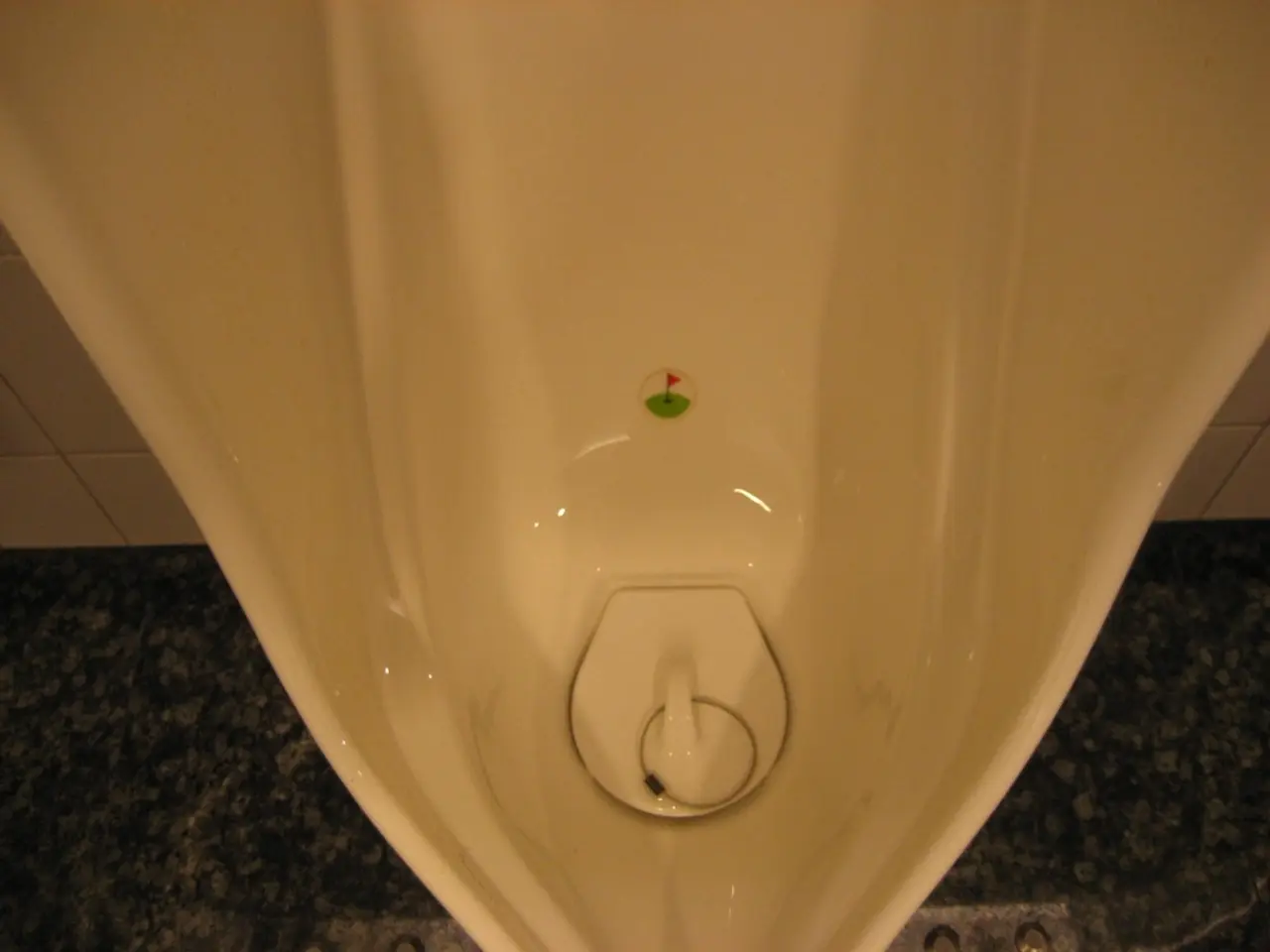Identifying Interstitial Cystitis: Examining Tests and Knowing When to Ask for Assistance
Interstitial Cystitis/Bladder Pain Syndrome (IC/BPS) can be a challenging condition to diagnose, affecting 4-12 million people in the United States, with about 20% being male. Symptoms such as frequent urination, an urgent need to urinate, pain, and pain during intercourse (dyspareunia) may vary from person to person.
The diagnostic process for IC/BPS involves a combination of tests to evaluate the bladder, rule out infections, cancer, structural abnormalities, and other conditions with overlapping symptoms. Common tests include cystoscopy, urine analysis and culture, bladder biopsy, and urodynamic testing.
Cystoscopy is a diagnostic procedure in which a urologist inserts a thin tube called a cystoscope into a person's urethra to view the bladder and urethra. This can reveal inflammation, pinpoint hemorrhages (glomerulations), and characteristic Hunner’s lesions, although findings like glomerulations are not specific to IC/BPS. Cystoscopy is highly effective for ruling out bladder cancer, bladder stones, anatomical abnormalities, and certain infections/inflammations by direct visualization and biopsy if needed.
Urine analysis and culture are used to detect urinary tract infections (UTIs) or other infections that can mimic or coexist with IC/BPS. Newer, more sensitive UTI testing methods may identify pathogens sometimes missed by standard cultures, helping to differentiate recurrent infections from IC/BPS symptoms.
Bladder biopsy is a diagnostic procedure in which a urologist removes a small sample of bladder tissue for analysis under a microscope, typically performed in conjunction with a cystoscopy. This can exclude bladder cancer or other serious bladder wall disorders.
Urodynamic testing assesses bladder function (capacity, pressure, sphincter control) and is helpful in complicated cases or when symptoms overlap with other urinary disorders such as overactive bladder or incontinence.
It's important to note that IC/BPS currently has no cure, but treatment options are available to help people manage their symptoms and prevent flares. Getting a diagnosis is the first step toward relief.
Potassium chloride sensitivity testing (PST), a controversial diagnostic method for IC/BPS, involves the instillation of a bladder with a potassium chloride solution to test for sensitivity, but it is painful and can trigger a severe reaction in people with IC/BPS.
In some cases, a cystoscopy with hydrodistension, which involves stretching the bladder by filling it with fluid, may be performed. This can help identify Hunner's lesions, which are painful ulcers or patches that appear on the bladder wall in 5-10% of people with IC/BPS.
Healthcare professionals may also ask males who are experiencing symptoms of IC/BPS to undergo an examination of prostate secretions to rule out prostatitis, an infection and inflammation of the prostate gland.
In summary, diagnosing IC/BPS is primarily clinical but supported by these diagnostic tests that are effective mainly to exclude other conditions like infections, cancer, stones, or anatomical abnormalities with similar symptoms. The presence of Hunner’s lesions during cystoscopy is one of the few objective findings confirming IC/BPS, but many patients have non-specific changes requiring a comprehensive evaluation to confidently rule out other causes.
- Science and medical advancements have led to the development of several diagnostic procedures for Interstitial Cystitis/Bladder Pain Syndrome (IC/BPS), such as cystoscopy, urine analysis and culture, bladder biopsy, and urodynamic testing.
- While chronic diseases like IC/BPS may not have a definitive cure, healthcare professionals emphasize the importance of proper diagnosis for effective symptom management and prevention of flares.
- In the diagnostic process, healthcare professionals consider various medical conditions, including chronic diseases, urinary tract infections, and other structural abnormalities that could have overlapping symptoms.
- Mental and sexual health, as well as men's and women's health, can also be affected by conditions like IC/BPS, considering that symptoms such as pain during intercourse may arise from this condition.




